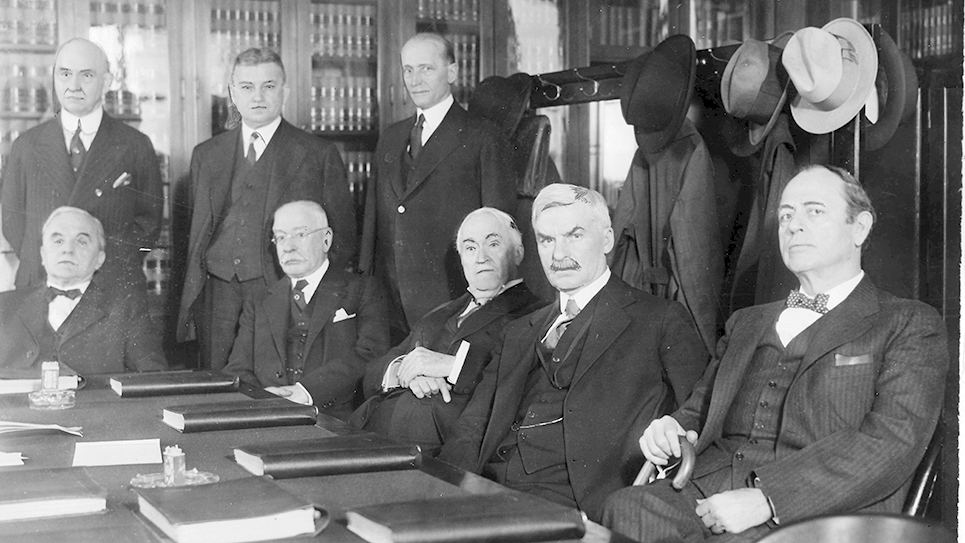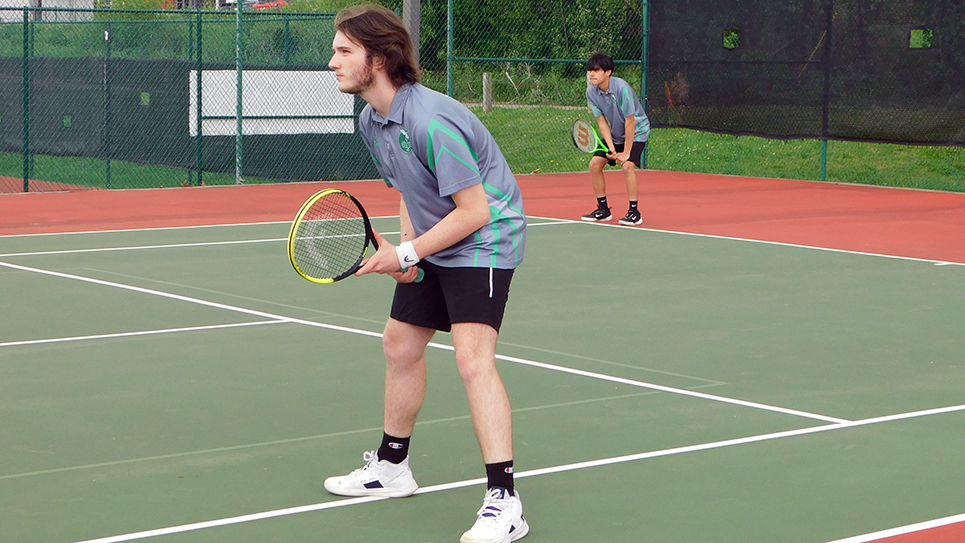By Dr. Jim Ferguson
I would not qualify as a sports fan, at least not by comparison to my sister- and mother-in-law. If Becky or I have questions about sports or the Vols, we don’t query Siri or Google, we call Mama-Jo.
It’s probably good that I was out of town last week after my essay, Seasons, was published in The Focus. I’m sure it raised a ruckus with the illiberal crowd who wish I would just go to the back of the bus and shut up. I don’t aim to be controversial; my aim is to educate and to “speak the truth” with civility. The Doctor Is In, is, after all, my opinion column. Feel free to read the essay, forward my words or delete them.
Like most of us I watched Super Bowl 50. Actually, I was thankful for the diversion, and something other than politics for a while. And people who don’t like football can gather with friends for the annual Super Bowl spectacle and enjoy the party or the commercials, though the latter were, in my opinion, pitiful this year.
I’ll admit I’m not a Denver Broncos fan, but I cheered for Peyton. What a story. The “experts” kept writing off the “old” man of almost forty years. Didn’t Peyton know that Cam Newton and the Carolina Panthers were the “new kids on the block,” and expected to win? Surely Peyton knew that Cam was to be his replacement as football’s new leader. Cam and his boys certainly had the swagger.
As I watched Peyton lead his team to victory, I traveled back in time to another Super Bowl. Forty-seven years ago the Baltimore Colts were pitted against the upstart New York Jets. The brash young quarterback, Joe Namath, predicted his Jets would win Super Bowl III, and they did despite a late game surge by the stalwart Johnny Unitas. I was coming of age in 1969 and remember curbing my cheers for “Broadway Joe” as I sat next to my father who identified with Unitas. Now, almost fifty years later, it was me cheering for the old guy instead of the braggadocio upstart.
Football is a rough game played by big and powerful men. I’ve always imagined these gridiron warriors as modern day gladiators. If you haven’t seen the movie Gladiator with Russell Crowe you should. It takes place when the Roman Emperor Marcus Aurelius is dying and is then replaced by his son, Commodus, who has none of his father’s virtue. Historians believe Aurelius was more a philosopher than a warrior, but none the less spent decades on military campaigns to maintain Rome’s borders against invading Germanic tribes.
It is speculated that Aurelius’ promiscuous wife consorted with gladiators and one sired Commodus. Gladiators were the professional athletes of ancient Rome, and were highly regarded. Perhaps the Emperor’s absence contributed to his wife’s wandering eye and his son’s poor training to be a leader. Perhaps Commodus’ passion for gladiatorial battle was, after all, “in his blood.”
Though gladiatorial combat was to the death, the champions were revered just as we honor Peyton and the Bronco’s merciless defense that destroyed the New England Patriots before vanquishing the Carolina Panthers. Our modern helmeted warriors are so big and fast that modern football is a fearsome struggle, somewhat like the struggles in Rome’s coliseum. Gridiron confrontations are not to the death, but some violent blows and tackles challenge that notion.
A new medical condition called chronic traumatic encephalopathy or CTE is garnering a lot of attention on and off the football field these days. The brain is enclosed within the protective bones of the skull, and is further surrounded by a layer of spinal fluid that acts as a shock absorber like UPS foam packaging. Violent blows to the head, however, can cause the brain to literally bang against the inside of the skull and produce confusion or unconsciousness, a condition we call a concussion.
The brain quickly recovers from mild trauma, but it is thought that recurrent blows to the head, sufficient to produce repetitive concussions, can lead to chronic changes in brain structure and function known as CTE.
The recent movie Concussion dramatized the concern of repeated head trauma in professional football players. However, football is not the only situation associated with head trauma. It is thought that 20% of professional boxers develop a condition called dementia pugilistica (the “punch drunk” dementia of a pugilist or boxer). A noted example is Mohammed Ali. There are similar concerns in soccer players who strike the ball with their head and in our troops from explosions such as roadside bombs or IEDs (improvised explosive devices).
I believe in making sports as safe as possible, but I also realize that all activities have inherent risks. And there is a significant politically correct component to the controversy, especially in the sport media coverage of CTE. As a geriatrician I often deal with issues of autonomy versus safety in the care of older folks. Should we allow someone who is capable of making informed decisions remain in their home even when we consider them to be otherwise “unsafe”? Should society allow our gridiron gladiators to choose their dangerous profession? Are we ready to tell an athletically gifted kid in the ghetto that his dream is too dangerous and remove his ticket out of generational poverty?
A free society allows a rational person to do whatever he wants as long as it doesn’t harm others. By this logic we shouldn’t have to wear a helmet when riding a motorcycle or fasten our seatbelts in the car. However, in Tennessee we must wear a helmet or a seatbelt because society is expected to come to the rescue of an individual in an accident. Our society has exchanged some freedom for greater safety. Do these laws reflect compassion or the desire to lower societal costs for the injured?
When does the state have the prerogative to take control of our lives? Does the state know what’s best for us? After all, the master needs to keep the little children safe down on the government plantation.






